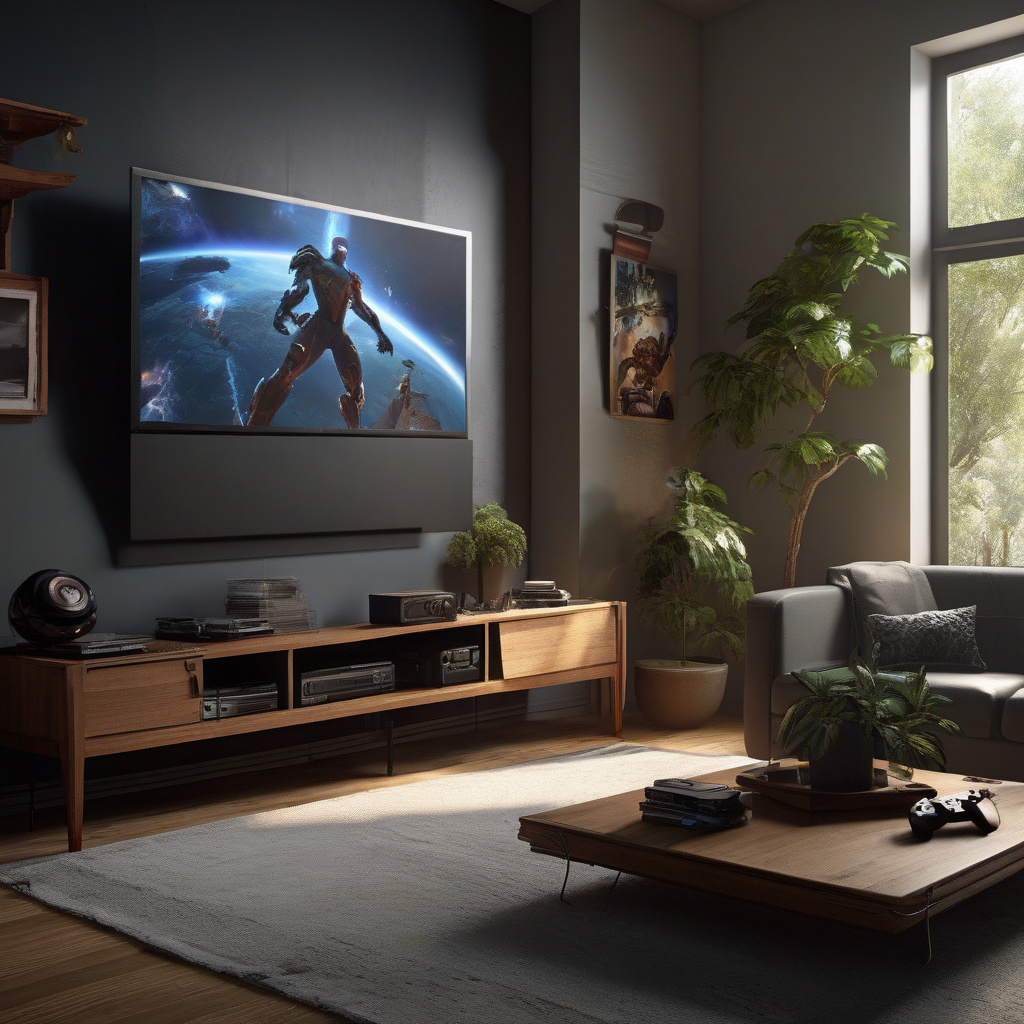Title: The Future of 3D Gaming: Is the Web Ready to Take the Lead?
In a recent discussion between Jaime Torrealba, a frontend developer at Push Security, and Ryan, the topic of 3D graphics and web development took center stage. Their conversation delved into the evolution of technologies such as WebGL and WebGPU, highlighting the strides made in bringing immersive 3D experiences to the web. But the question remains: Will the web ever become the primary delivery system for 3D games?
The advancement of WebGL, a JavaScript API for rendering interactive 3D graphics within any compatible web browser without the need for plug-ins, has been a game-changer. By leveraging the GPU for hardware-accelerated rendering, WebGL has opened up new possibilities for developers to create stunning 3D visuals directly on the web. Additionally, the emergence of WebGPU, a future web standard for low-level graphics and compute, promises even greater performance and efficiency for 3D applications.
Performance optimization is key when it comes to delivering 3D games on the web. With a wide range of devices with varying capabilities accessing web content, developers need to ensure that their games run smoothly across different platforms. Techniques like asset optimization, efficient rendering pipelines, and adaptive quality settings play a crucial role in providing a seamless 3D gaming experience for users.
Frameworks tailored for 3D development have also proliferated, offering developers the tools they need to create immersive experiences on the web. From popular options like Three.js and Babylon.js to more specialized frameworks like PlayCanvas, developers have a wealth of choices to bring their 3D visions to life. These frameworks abstract the complexities of 3D programming, allowing developers to focus on crafting engaging gameplay and captivating visuals.
Jaime shed light on the layers of abstraction present in 3D development, emphasizing the importance of understanding the underlying principles while leveraging frameworks to expedite the development process. This balance between low-level control and high-level abstraction empowers developers to create sophisticated 3D applications efficiently.
Looking ahead, the future of 3D applications on the web holds immense promise. As technologies continue to evolve, we can expect even more immersive and interactive 3D experiences to be delivered seamlessly through web browsers. With advancements in areas like real-time ray tracing, machine learning for procedural content generation, and improved device optimization, the web is poised to become a formidable platform for 3D gaming.
While challenges like performance constraints and compatibility issues persist, the trajectory is clear – the web is steadily transforming into a primary delivery system for 3D games. The accessibility, reach, and versatility of the web make it an attractive medium for developers looking to captivate audiences with rich 3D experiences.
In conclusion, the fusion of 3D graphics and web development is propelling the web towards becoming a premier platform for delivering immersive gaming experiences. With technologies like WebGL, WebGPU, and advanced frameworks at their disposal, developers are well-equipped to push the boundaries of what is possible in the realm of web-based 3D gaming. As the future unfolds, the web’s potential to host captivating 3D worlds seems brighter than ever.
Through the lens of Jaime Torrealba’s insights and the ongoing advancements in 3D web development, it’s evident that the web’s role as the primary delivery system for 3D games is not just a possibility – it’s a compelling inevitability. As we navigate this exciting frontier, the convergence of technology and creativity promises a new era of immersive gaming experiences on the web.

